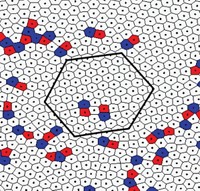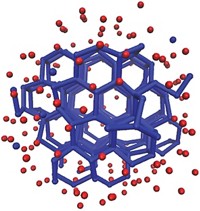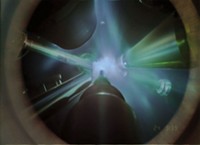Advertisement
Grab your lab coat. Let's get started
Welcome!
Welcome!
Create an account below to get 6 C&EN articles per month, receive newsletters and more - all free.
It seems this is your first time logging in online. Please enter the following information to continue.
As an ACS member you automatically get access to this site. All we need is few more details to create your reading experience.
Not you? Sign in with a different account.
Not you? Sign in with a different account.
ERROR 1
ERROR 1
ERROR 2
ERROR 2
ERROR 2
ERROR 2
ERROR 2
Password and Confirm password must match.
If you have an ACS member number, please enter it here so we can link this account to your membership. (optional)
ERROR 2
ACS values your privacy. By submitting your information, you are gaining access to C&EN and subscribing to our weekly newsletter. We use the information you provide to make your reading experience better, and we will never sell your data to third party members.
Astrochemistry
H3O may explain the irregular magnetic fields of Uranus and Neptune
Models predict an ‘alloy’ of H and O is a metallic fluid in the ice giants’ interior
by Sam Lemonick
March 15, 2020
| A version of this story appeared in
Volume 98, Issue 10

Unlike other planets in our solar system, Uranus and Venus have asymmetrical magnetic fields that are not aligned with their north-south axes. Most planets' magnetic fields are created by their spinning metallic cores. Scientists have hypothesized that the ice giants’ irregular fields might result from an additional shell of metallic liquid moving around their cores, but they had little evidence about what that shell might be. New simulations suggest that H3O could exist as a metallic fluid at the temperatures and pressures found inside these planets (Proc. Natl. Acad. Sci. U.S.A. 2020, DOI: 10.1073/pnas.1921811117). Russell Hemley of the University of Illinois at Chicago modeled the behavior of hydrogen and oxygen at a range of conditions similar to those in the planets’ interiors and found stable solid and liquid forms of H3O that others had overlooked.





Join the conversation
Contact the reporter
Submit a Letter to the Editor for publication
Engage with us on Twitter